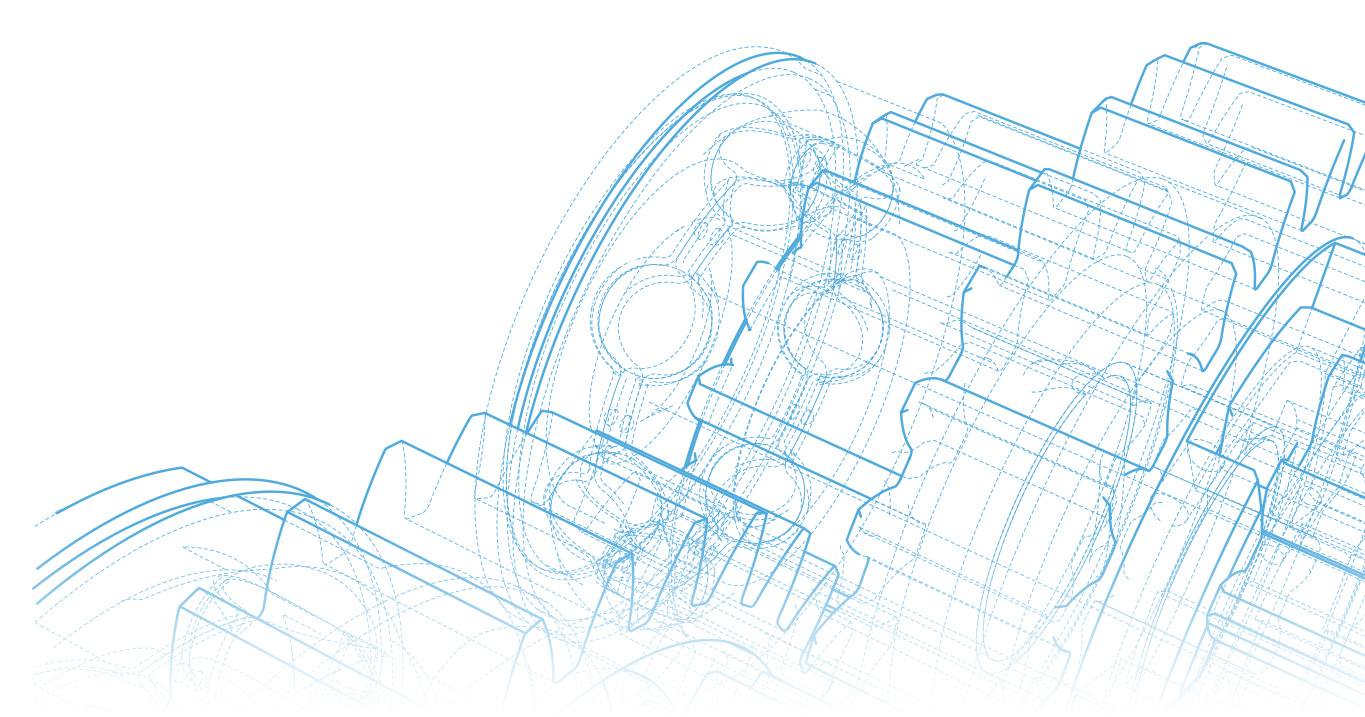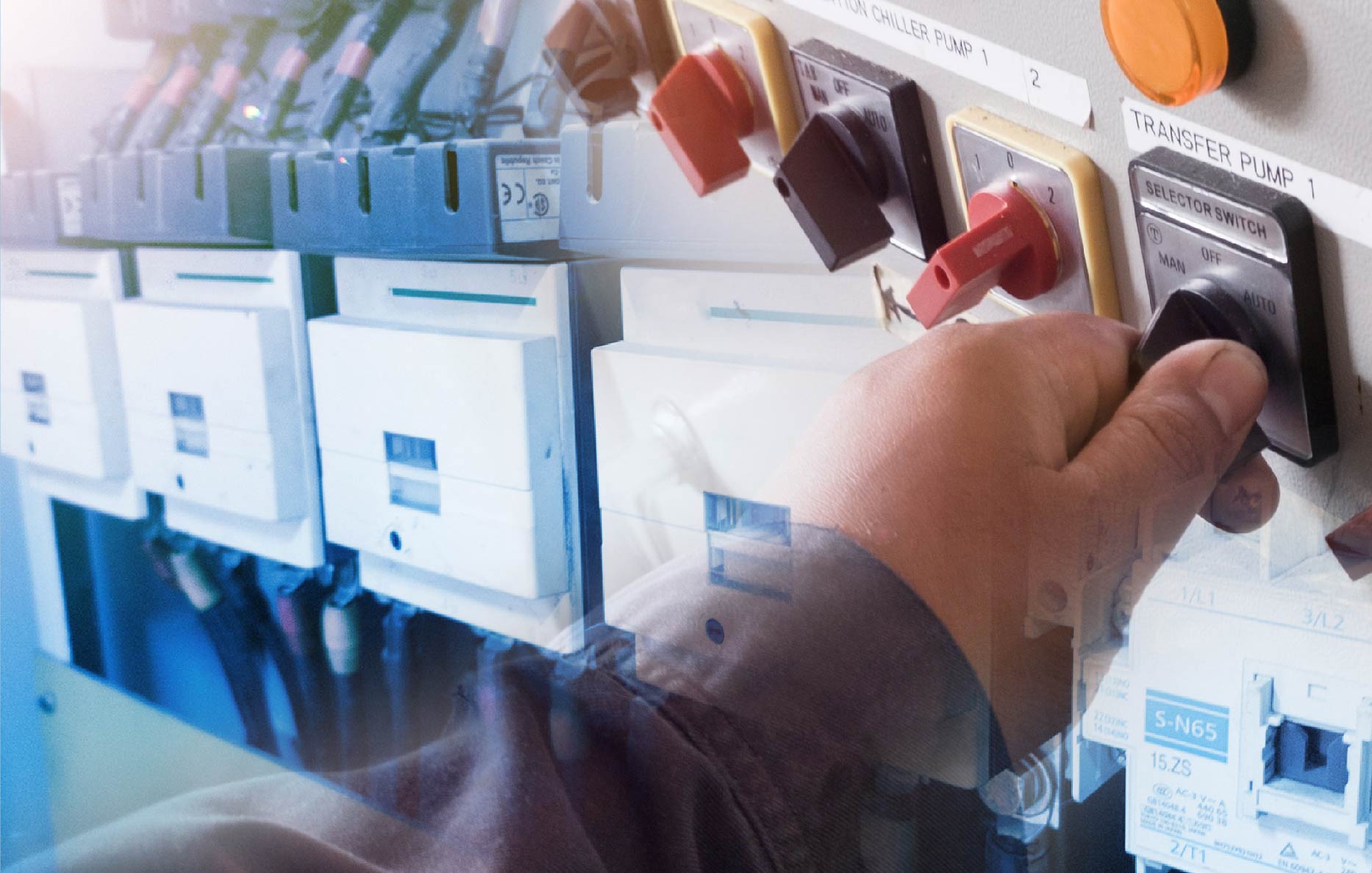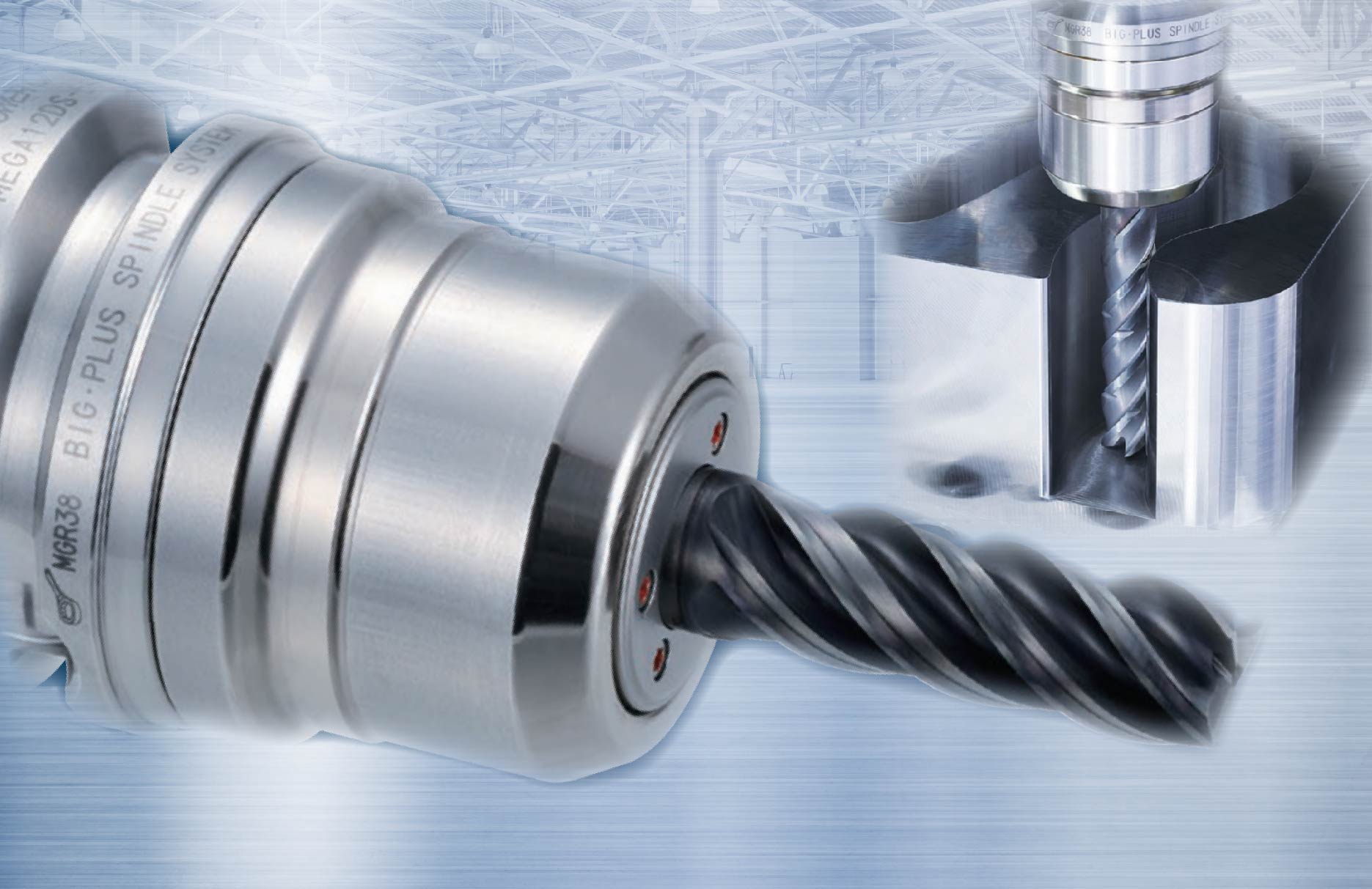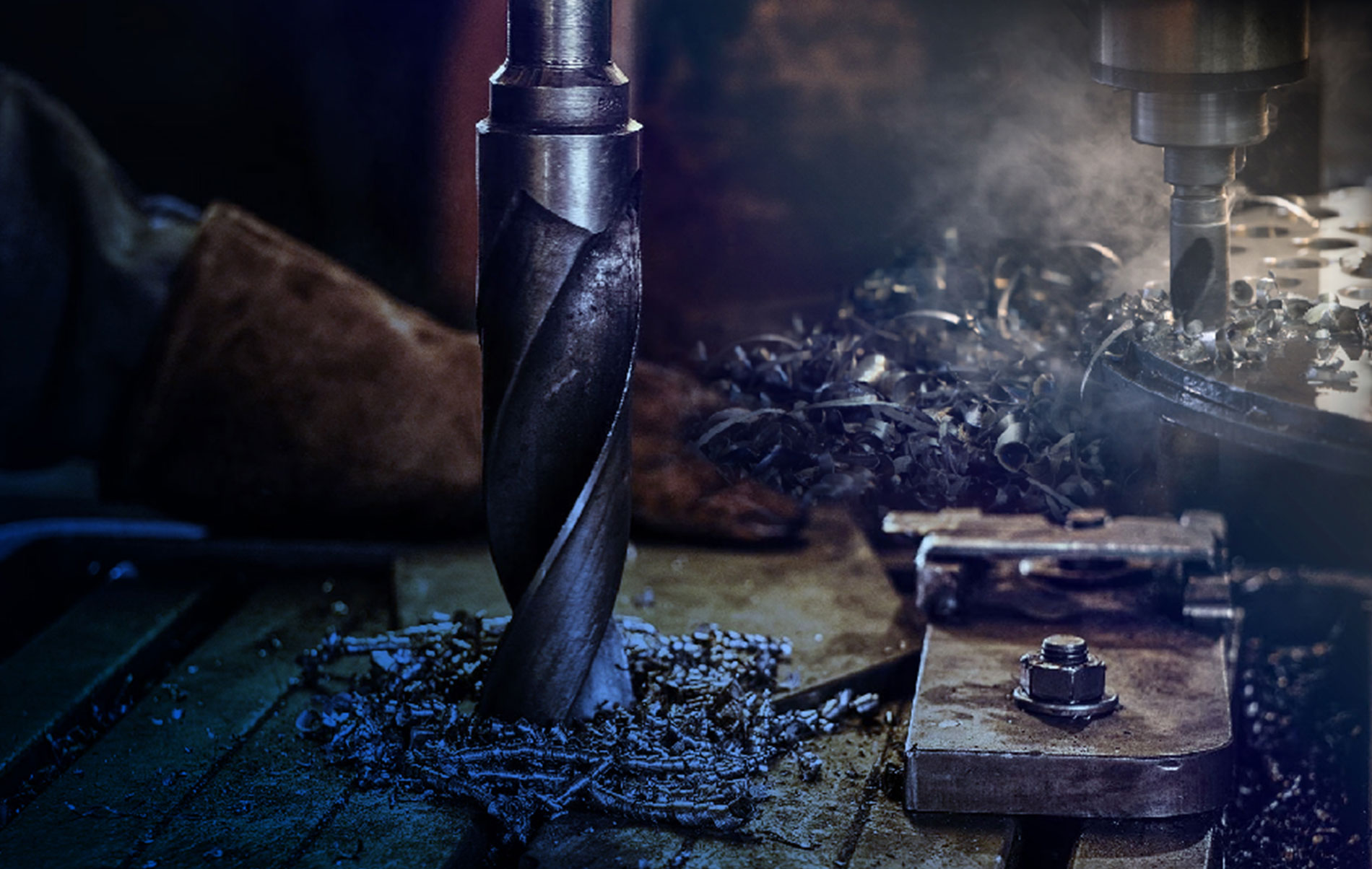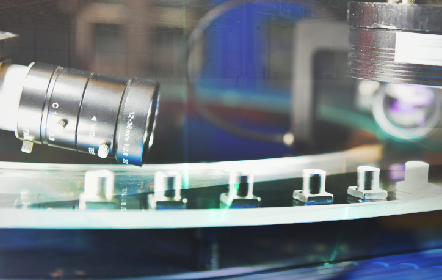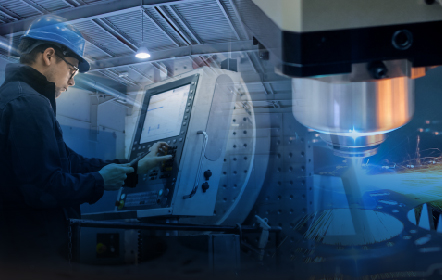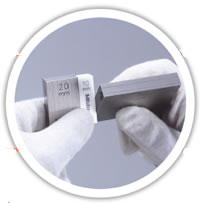 It is generally known that the precision of measuring systems plays a very important part in modern quality assurance, where products are required to meet ever stringent tolerances. The standard gauge block is commonly used for dimensional measuring tool calibration in almost every calibration lab. So, to make sure the calibration provider delivers their best service, the standard gauge block should not only have the right properties as specified in ISO 3650, but it mush also alllow the laboratory to reduce operaton costs and time as well.
It is generally known that the precision of measuring systems plays a very important part in modern quality assurance, where products are required to meet ever stringent tolerances. The standard gauge block is commonly used for dimensional measuring tool calibration in almost every calibration lab. So, to make sure the calibration provider delivers their best service, the standard gauge block should not only have the right properties as specified in ISO 3650, but it mush also alllow the laboratory to reduce operaton costs and time as well. 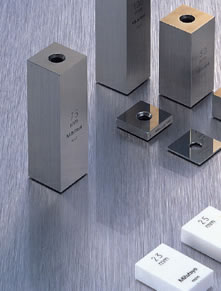
There are 3 types of standard gauge blocks used nowadays; steel, ceramic and carbide. Each of them have specific strong and weak points, which are as described below:
1) Mechanical properties – all 3 types of material demonstrate the same degree of flatness, parallelism and wring capability. Though we can see the thermal expansion coefficient of ceramic is less than others, as the calibration laboratory is stricty required to control the temperature, this thermal characteristic should not play an important role.
2) Usability – all 3 materials have different strong and week points in themselves, so none of the materials are clearly better than the others.
3) Maintenance – the ceramic gauge clocks are totlly corrosion free, thus requiring no protection. This helps the lab save both maintenance oil and time.
4) Cost – the standard gauge block made from ceramic is the most expensive.
In summary, we have found that the standard gauge block made from ceramic is the most attractive compared to the steel and carbide. However, it is still not widely used because of its high cost. If its cost is reduced to the same level as steel and carbide, the ceramic standard gauge block will be the most attractive one.
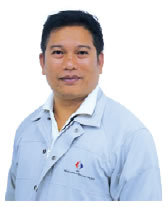
Anusorn Tonmueanwai Chief of Laboratory, Acting Chief – Dimensional Metrology section National Institute of Metrology, Ministry of Science and Technology, Thailand With over 20 years of professional experience in metrology and an invited lecturer at the Faculty of Engineering, King Mongkut’s University of Technology Thonburi

